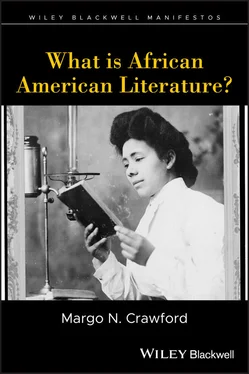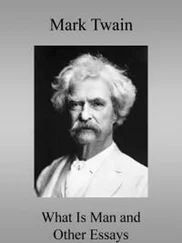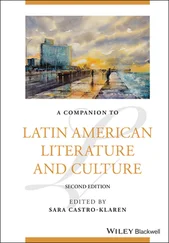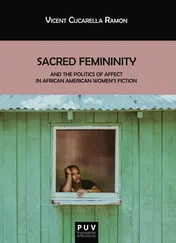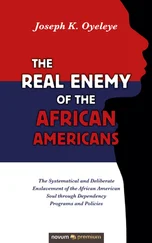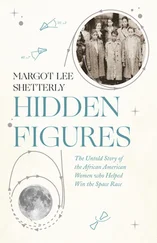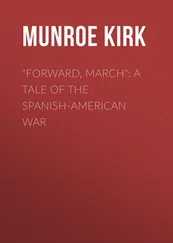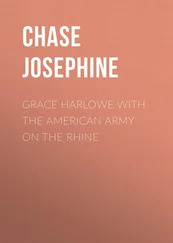Margo N. Crawford

This edition first published 2021
© 2021 John Wiley & Sons, Inc.
All rights reserved. No part of this publication may be reproduced, stored in a retrieval system, or transmitted, in any form or by any means, electronic, mechanical, photocopying, recording or otherwise, except as permitted by law. Advice on how to obtain permission to reuse material from this title is available at http://www.wiley.com/go/permissions.
The right of Margo N. Crawford to be identified as the author of this work and has been asserted in accordance with law.
Registered Office John Wiley & Sons, Inc., 111 River Street, Hoboken, NJ 07030, USA
Editorial Office 111 River Street, Hoboken, NJ 07030, USA
For details of our global editorial offices, customer services, and more information about Wiley products visit us at www.wiley.com.
Wiley also publishes its books in a variety of electronic formats and by print‐on‐demand. Some content that appears in standard print versions of this book may not be available in other formats.
Limit of Liability/Disclaimer of Warranty While the publisher and authors have used their best efforts in preparing this work, they make no representations or warranties with respect to the accuracy or completeness of the contents of this work and specifically disclaim all warranties, including without limitation any implied warranties of merchantability or fitness for a particular purpose. No warranty may be created or extended by sales representatives, written sales materials or promotional statements for this work. The fact that an organization, website, or product is referred to in this work as a citation and/or potential source of further information does not mean that the publisher and authors endorse the information or services the organization, website, or product may provide or recommendations it may make. This work is sold with the understanding that the publisher is not engaged in rendering professional services. The advice and strategies contained herein may not be suitable for your situation. You should consult with a specialist where appropriate. Further, readers should be aware that websites listed in this work may have changed or disappeared between when this work was written and when it is read. Neither the publisher nor authors shall be liable for any loss of profit or any other commercial damages, including but not limited to special, incidental, consequential, or other damages.
Library of Congress Cataloging‐in‐Publication Data
Name: Crawford, Margo N., 1969– author.
Title: What is African American literature? / by Margo N. Crawford.
Description: First edition. | Hoboken : Wiley‐Blackwell, 2020. | Series: Wiley Blackwell manifestos | Includes bibliographical references and index.
Identifiers: LCCN 2020021084 (print) | LCCN 2020021085 (ebook) | ISBN 9781119123347 (paperback) | ISBN 9781119123378 (adobe pdf) | ISBN 9781119123361 (epub)
Subjects: LCSH: American literature–African American authors–History and criticism. | Affect (Psychology) in literature. | Slavery in literature. | African Americans in literature.
Classification: LCC PS153.N5 C76 2020 (print) | LCC PS153.N5 (ebook) | DDC 810.9/896073–dc23
LC record available at https://lccn.loc.gov/2020021084LC ebook record available at https://lccn.loc.gov/2020021085
Cover Design: Wiley
Cover Image: African American woman, half‐length portrait, facing left, reading book by Fæ is licensed under Creative Commons CC0
This book was greatly inspired by Cheryl Wall’s groundbreaking study Worrying the Line: Black Women Writers, Lineage, and Literary Tradition (2005). African American literary traditions (as Cheryl Wall taught us) are a worrying of lines (lines being understood as lineage, intertextuality, improvisation, and the elasticity of blackness).
In these early years of the twenty‐first century, scholars of African American literature and theory have been gathering, at a wide range of conferences and other events, to begin to theorize the emergent forms, moods, and stories that distinguish twenty‐first century African American literature from earlier flows. These forums, looking at new directions in African American literature and theory, propelled the questions explored in this book’s reshaping of the title of Kenneth W. Warren’s What Was African American Literature? (2011) into the question of what it is (on the lower frequencies).
So many scholars make me hear these lower frequencies of black aesthetics. I thank Cheryl Wall, Eleanor Traylor, Hortense Spillers, Haki Madhubuti, Houston A. Baker, Dana Williams, Kokahvah Zauditu‐Selassie, Fred Moten, Farah Jasmine Griffin, Kevin Quashie, Candice Jenkins, Alexis Pauline Gumbs, Soyica Colbert, Brent Edwards, Erica Edwards, Evie Shockley, L.H. Stallings, Jennifer DeVere Brody, Stephen Best, Yogita Goyal, Aida Levy‐Hussen, Carter Mathes, Badia Ahad, Howard Rambsy, Meta DuEwa Jones, Greg Thomas, Lawrence Jackson, Koritha Mitchell, Aldon Lynn Nielsen, Dagmawi Woubshet, Sharon Holland, Douglas Jones, Robert Reid Pharr, Mark Anthony Neal, George Hutchinson, and many more. I thank Richard Samson for his consummate work as editor. I thank the anonymous readers for their great insight.
Introduction: The Affective Atmosphere of African American Literature
Stephen Colbert:
“You have said you don’t necessarily like to be pigeonholed as an African American writer. What would you like me to pigeonhole you as? (Audience laughs) Because I have to categorize everybody. […] How should I just see you as a category? If you don’t want to be an African American writer, how should I think of you?” (italics mine)
Toni Morrison:
“As an American writer.” (Audience cheers) (2014)
When Toni Morrison insists, in a 1993 interview, that African American literature “pulls from something that’s closer to the edge,” she makes the idea of African American literature sound more like an energy force than an enterprise, marketing structure, or stable, mappable tradition. 1 Morrison’s emphasis, in this same interview, on the “more human future” of the idea of African American literature, clearly underscores the constant rewriting of what it means to be human in African American literature, but Morrison also gestures toward the idea of African American literature as that which is both “here” and “not yet here.” The interview unfolds as follows:
MORRISON:
I would like to write novels that were unmistakably mine, but nevertheless fit first into African American traditions and second of all, this whole thing called literature.
INTERVIEWER:
First African American?
MORRISON:
Yes.
INTERVIEWER:
… rather than the whole of literature?
MORRISON:
Oh yes.
INTERVIEWER:
Why?
MORRISON:
It’s richer. It has more complex sources. It pulls from something that’s closer to the edge, it’s much more modern. It has a human future. (1993)
For Morrison, what is modern about the idea of African American literature is its evocation of “a more human future.” Alain Locke, one of the prime theorists of black modernism, offers one way to understand Morrison’s gesture to the black modernist “more human future.” In 1925, as Locke thinks about the style of the young New Negro Movement poets, he muses, “Our poets have stopped speaking for the Negro—they speak as Negroes. Where formerly they spoke to others and tried to interpret, they now speak to their own and try to express. They have stopped posing, being nearer the attainment of poise.” 2 The difference between “pose” and “poise” is the difference between a state of identity, overdetermined by an external gaze, and a state of self‐possession (even if that possession is what Fred Moten describes as being possessed by dispossession). 3 When Morrison, in the 1993 interview, insists that the idea of African American literature is edge work and profoundly modern, she gestures toward what Locke describes as the black modernist, New Negro art of no longer speaking to others and trying to interpret. For Locke, the is‐ness of African American literature emerges when writers stop “speaking for” black people and “speak as” black people (when they “stop posing” and approach the “attainment of poise”). 4
Читать дальше
